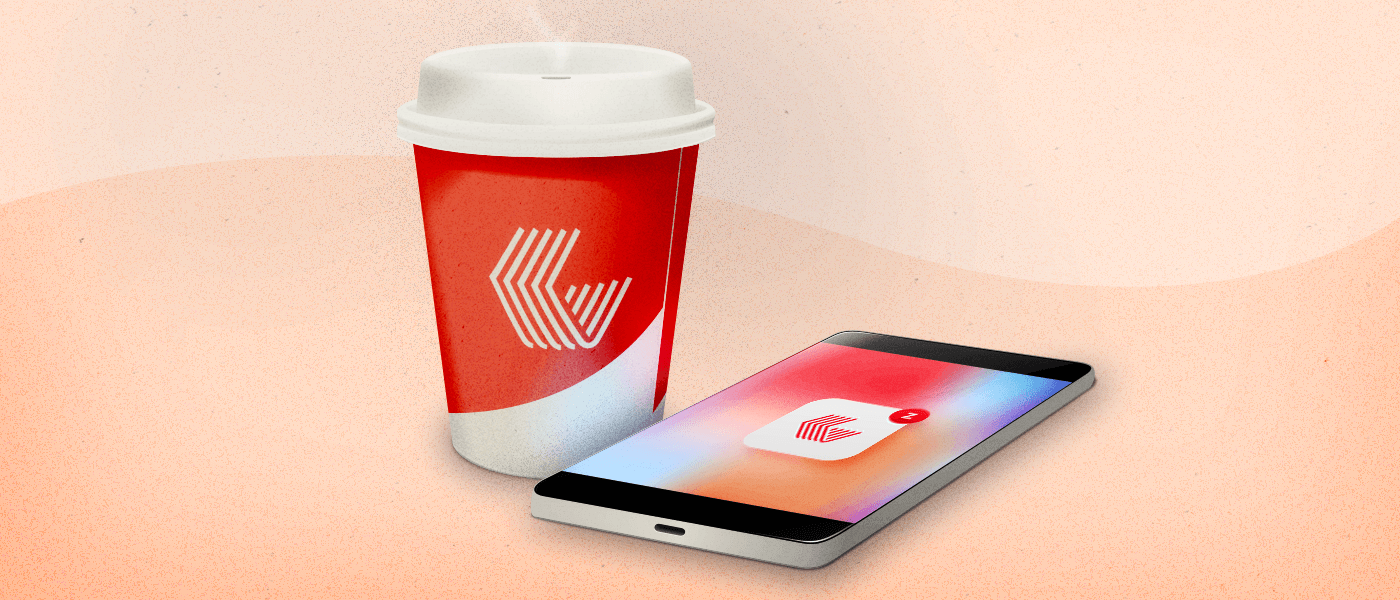We’ve talked a lot about the value of strong design, how it can improve everything from your content to your bottom line. But design isn’t just about making things pretty; it’s a tool to help you communicate effectively and create a better brand experience. It can even be the key to cultivating a long-lasting relationship with an entire generation. If you’re a marketer, you’ve probably spent the last decade chasing after millennials, tailoring your content, Twitter presence, and even product colors to their particular tastes. But millennials are about to be overtaken by an entirely new generation. Now we’re entering the era of marketing to Gen Z.
According to consulting firm Altitude, this new generation will account for 40% of consumers by 2020, yet many marketers still find them a mystery. What do they like? What do they care about? How can you make an impression on them? Luckily, research is uncovering interesting insights that can help you better communicate with them, particularly through design.

Who Is Gen Z?
As defined by Pew Research, Gen Z includes anyone born after 1997. There are an estimated 71.1 million Gen Z-ers in the U.S., and they will soon outnumber millennials. This is where the trouble lies.
Many brands assume that Gen Z is just an extension of Gen Y, but this generation of digital natives has a different perspective than millennials in many ways. Most importantly, their unique upbringing and experiences affect how they interact with brands and how they expect to be interacted with. Understanding these nuances is crucial if you want to connect with them and deliver what they need at every touch point, whether through content or other forms of communication.
What Shapes Gen Z?
In the enlightening 2015 report “Designing for Gen Z,” Altitude delved into the Gen Z world to find out what makes them tick, uncovering four main themes that influence their behavior.
1) They’re digital natives.
Like millennials, Gen Z-ers are tech-savvy, but because they have been immersed in it since birth, they are less interested in it as novelty. They see tech as a necessary tool, but they are intentional about how they use it. Most importantly, they are highly adept at filtering out online content or distractions that prevent them from getting to what they want.
2) Their world is unstable.
Having grown up in a time of chaotic history, they’ve witnessed unprecedented events: school shootings, cyberbullying, and economic collapse. This has caused them to form a worldview that is skeptical, anxious, and wary of the future. For this reason, they desperately crave stability and control.
3) Social media is integral.
They are hyper-aware of their social presence and see it as a crucial way to present their personal and professional selves. As such, they curate their online personas to send the right message, and they want to align themselves with people, brands, and causes that reflect their desired identity.
4) They were raised by Gen Xers.
In addition to their already unsafe world, they were parented by a generation that faced similar instabilities, only reinforcing their desire for safety, security, and self-reliance.
To communicate effectively with Gen Z, brands need to create a brand experience that fulfills their unique needs. Luckily, design is a powerful tool to do this.
How to Use Design When Marketing Gen Z
Good design is a great way to communicate who you are, what you’re about, and how you can help Gen Z. Here are six ways to use design thinking to engage them.
1) Be clear and direct in communication.
Gen Z is highly attuned to noise and, well, bullshit. If you are trying to be too clever, too needy, or too invasive, they will dismiss your brand. Using visual communication can help you cut through the noise, delivering the information they need in its most distilled form. (For more tips on doing this effectively, follow these tips to design stronger visual content.)
2) Create a cohesive visual identity.
As mentioned previously, Gen Z craves stability, familiarity, and comfort. With a strong visual identity, you can provide that in everything from your product packaging to your Facebook cover photo. Every piece of content you make reflects your brand. If it is cohesive, you can become a consistent, reliable brand—a huge comfort to Gen Z. (Find out how to design a brand style guide to ensure all of your content is consistent, and get inspired by these 15 visual identities. )
3) Consider form and function.
According to a 2017 American Express study, 23% of Gen Z-ers will drop a brand over poorly designed mobile features. This isn’t surprising, as they highly value convenience and efficiency. Use visual communication and good UX to make their lives easier. But if you’re sinking hours into good design, make sure you have the functionality to support it.
4) Use design to showcase your values.
According to a 2018 study by Vice and Insight Strategy Group, 77% of Gen Z-ers say they want to buy from brands that align with their values. Design is a great way to communicate your brand personality and reinforce your values.
For example, if you promote environmental causes, designing eco-friendly packaging is a smart way to show that you talk the talk and walk the walk. The same goes for content. Gen Z is more likely to like and share content that reflects their beliefs and, by default, contributes to their online identity.
5) Design for diversity.
According to the U.S. Census Bureau, that 49% of Gen Z-ers are a minority. When designing a visual identity, make sure that diversity is reflected in imagery, and consider cultural connotations.
6) Design for multiple devices.
As digital natives, Gen Z expects tech to work on demand, anywhere they go. They are also used to multi-tasking across devices while performing many different tasks. As such, they demand a seamless experience. Responsive design and good UX are mandatory.
How to Use Design Across Your Organization
Design thinking improves every aspect of your organization, and there are many opportunities to apply it in unique ways, whether through your company culture or content. For more tips on cultivating good design:
- Find out how to apply good design at every level of your organization.
- Try our tips to design a logo you truly love.
- Use this creative brief for your next design project.
And if you need a little extra design help, we can hook you up.





